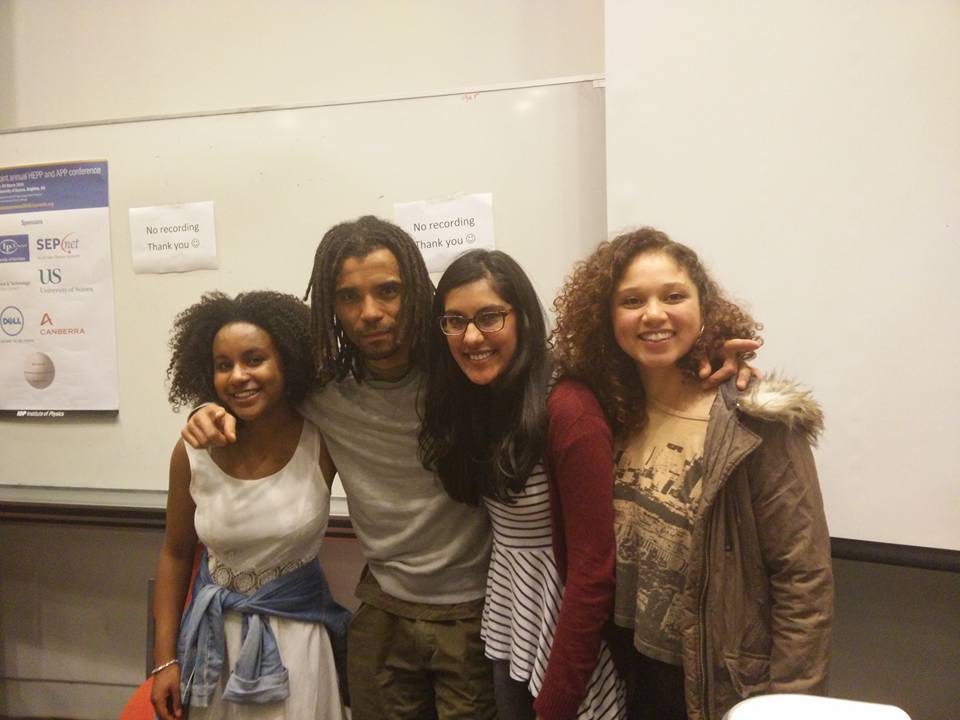
So the festival is over for another year. It has wowed us with lectures, games and activities from the day devoted to molecular gastronomy “Play with your food” to the lectures on symmetry in physics, maths and biology “Fearful Symmetry” through a range of other topics for all ages and interests.
I volunteered at the last event, a day devoted to the fascinating topic of neuroscience, entitled “Of all the Nerve”. To give you a taste of the Brighton Science Festival if you were unable to make it this year, here’s what was on that day.
Held at the Sallis Benney Theatre on Brighton University grounds at Grand Parade, the day was a mix of lectures, group activities and performances. The idea of the day was to travel through the live of a neuron, from birth to death and beyond. The fascination lectures were set out over 6 themes: Birth, Learning, Adolescence, Maturation, Death and the Afterlife. Each lecture was performed by a scientist presenting some basic neuroscience information along with interesting related topics, often from research they are currently undergoing.
I sadly didn’t attend the first two lectures but the afternoon was crammed with brilliant talks. Emma Jayne Kilford from UCL presented her group’s views of the brain of the adolescent, to the general hilarity of the public. Interestingly it seems the part of the adolescent’s brain that pushes him or her to push boundaries, take risks and be more active socially develops before the part that allows him or her to take a step back and assess the risks involved.
Um…. I wonder where I’ve heard that before! In his talk about maturation, Dr James Ward from Sussex University explained to us the weird and wonderful world of synaesthesia. This condition is defined as when people not only associate words, letters or numbers with colours and shapes in space but actually see these in front of them. Some may see the days of the day organised in a circle around them, whilst other have specific colours they always attribute to particular numbers. Others see colours moving when they listen to music.
If we all experienced this, it might cancel out the need for hallucinatory drugs! On a slightly sadder but still as fascinating note, newly appointed Professor Louise Serpell from Sussex University explained how neurons can be pushed towards death. Her research, partly funded by Terry Pratchett, concentrates on the proteins involved in Alzheimer’s Disease. Finally, another researcher presented the possibilities of our neurons beyond our brains. His talk about the use of neurons in computer chips was highly futuristic, as well as explaining how researchers can analyse the neuronal network to make faster and better computers.
Intermixed within these lectures, the extremely enthusiastic and applauded organiser of the festival. Richard Robinson, organised audience participation games. From getting us entangled as a sequence of amino acids folding in a protein or demonstrating how a myelinated neuron can communicate better, we all found our role within the brain. During the coffee and lunch breaks, different activities were presented from the speakers. Kids were able to create a neural network by working as a team. Each individual had a button representing a neuron; some were inhibitors, others activators and some did nothing at all. The right combination needed to be achieved to “turn the light on”. Upstairs, a display on a computer which could recognise shapes wowed the public amongst other exhibits.
All this amounted to a fascinating and exiting day of science and games. This last event was particularly special as the general theme of this year’s festival was the Brain. With the ominous sub-line of “Use it or lose it”, the Brighton Science Festival 2011 definitely made sure we all used our brains!



